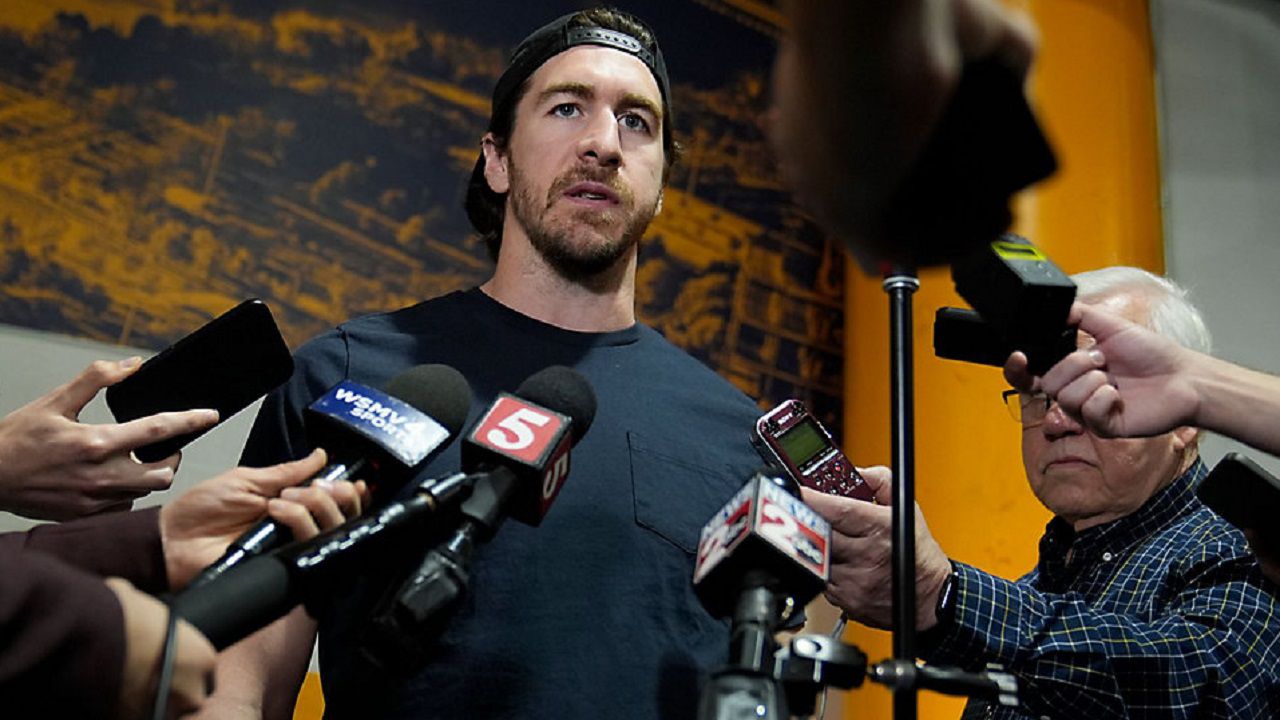BREVARD COUNTY, Fla — A multimillion dollar project is set to reduce the flow of harmful nutrients into the Indian River Lagoon.
The goal is part of a St. John's Water Management District effort called the Crane Creek M-1 Flow Restoration project.
The project costs nearly $22 million. The Florida Department of Environmental Protection and Brevard County’s Save Our Indian River Lagoon Program are partnering up to pay for the effort.
What You Need To Know
- A project intended to remove pollution from the Indian River Lagoon will soon move forward
- A local man shares how he expects this to make a difference
- The project will cost around $22 million
A century ago, the flood control canal was originally developed to redirect stormwater from over 5,000 acres near the St. John’s River to the lagoon.
Now 7.5 million gallons a day that would go to the lagoon is being diverted back to the river.
“Almost 30,000 pounds of nutrients will no longer be going to the lagoon, almost 90,000 pounds of suspended solids will no longer be going to the lagoon, so it’s a big step toward our efforts to improve it,” SJWMD Executive Director Mike Register said.
Fisherman Nathan Outlaw is also excited about the prospect of a cleaner lagoon.
“People will start getting excited about the lagoon again, people will start traveling to the lagoon again,” he said.
Outlaw has been fishing since he first learned to walk.
“My first fish I wouldn’t even hold. My dad had to hold it behind me. I was crying,” he said.
Years later, he’s now right at home on the water. Outlaw has become a sort of craftsman, creating and teaching others how to make their own lures. The work is part of his new role as owner of Harry Goode’s Outdoor Shop near downtown Melbourne, near the lagoon.
Outlaw is also a big advocate of taking care of the struggling waterway. His business is intertwined with its health. Decades of pollution has affected seagrass and marine life.
“It’s been tough to see the difference in the water quality. I remember I used to go out, and it was crystal clear, there was seagrass everywhere,” he said. “And now I went from recreational to now it’s part of my business, so it means even more.”
Outlaw said a healthier lagoon is a win-win for his business and everyone.









